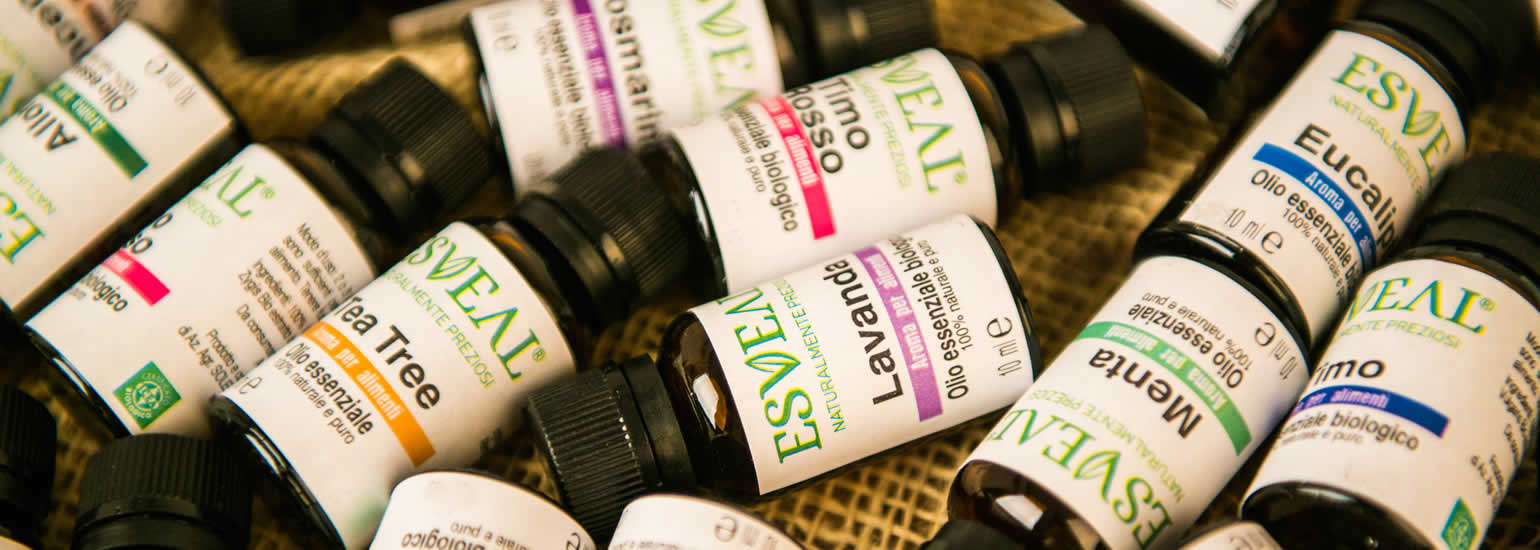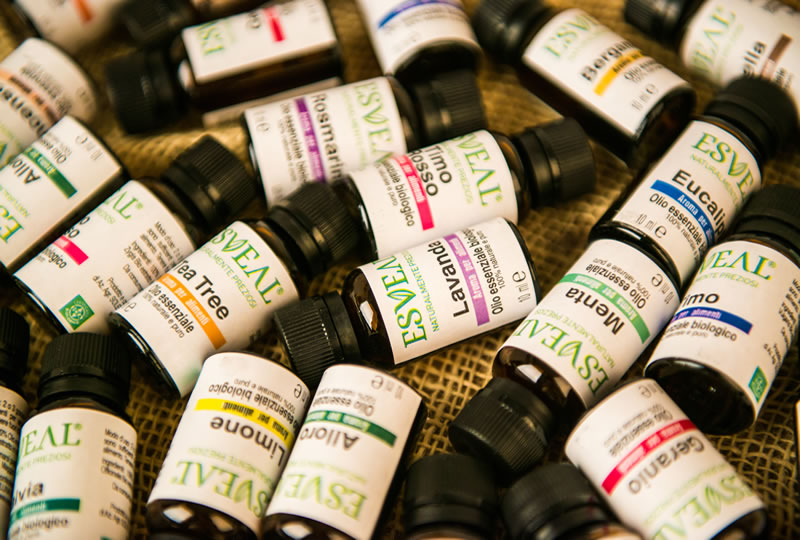
ORGANIC ESSENTIAL OILS
AROMATIC WATERS.
AROMATIC WATERS.

.
Related Topics : Good conservation practices for essential oils - characteristics of essential oils - Aromatic waters - Methods of extraction of essential oils - Organic essential oils - Essential oils and astrological functions - Essential oils and olfactory notes - Eucalyptus essential oil - lavender essential oil - lemon essential oil - rosemary essential oil - sage essential oil - thyme essential oil - Operational practice in the extraction of essential oils - Purification and rectification of essential oils - Yield in the extraction of essential oils - Use of essential oils
Aromatic Water is, in many cases, preferred in the preparation of cosmetics over demineralized water..
How to get
Aromatic Water (distilled or co-obated) is the water of the Essential Oil distillation process that is not returned to the boiler. This operation results in a lower yield of Essential Oil but the difference is negligible. In some cases (lime blossom, witch hazel leaves) the amount of Essential Oil is so low that it is not even separated from the aromatic water. You could distil lots of different flowers with the same water, to enrich it with essence (coobation), but usually it is not done because a good amount of Essential Oil is already present at the first step. An exception is the Lauroceraso which contains hydrocyanic acid and at each successive step increases its concentration in the water. Lauroceraso water must contain 1% hydrocyanic acid..
What it looks like
Aromatic waters are usually colourless and clear, except for cinnamon, which is lactescent. They retain the smell of the plant. Some, freshly prepared, have an unpleasant smell and a burning taste, due to the cooking of the water, but after one or two months from the preparation both the taste and the smell become pleasant, so they are used after this period of "maturation".
How to preserve
Freshly produced Aromatic Water develops, in a short time, mold and bacteria that does not make it suitable for use. To overcome the problem it is necessary to add preservatives (anti-mold, antibacterial and antioxidants) or simply a certain amount of ethyl alcohol, in order to have a final solution of about 15%V alcohol. Once prepared, it must be stored in cool and dark places, in dark containers with hermetically sealed caps.
Related Topics : Good conservation practices for essential oils - characteristics of essential oils - Aromatic waters - Methods of extraction of essential oils - Organic essential oils - Essential oils and astrological functions - Essential oils and olfactory notes - Eucalyptus essential oil - lavender essential oil - lemon essential oil - rosemary essential oil - sage essential oil - thyme essential oil - Operational practice in the extraction of essential oils - Purification and rectification of essential oils - Yield in the extraction of essential oils - Use of essential oils